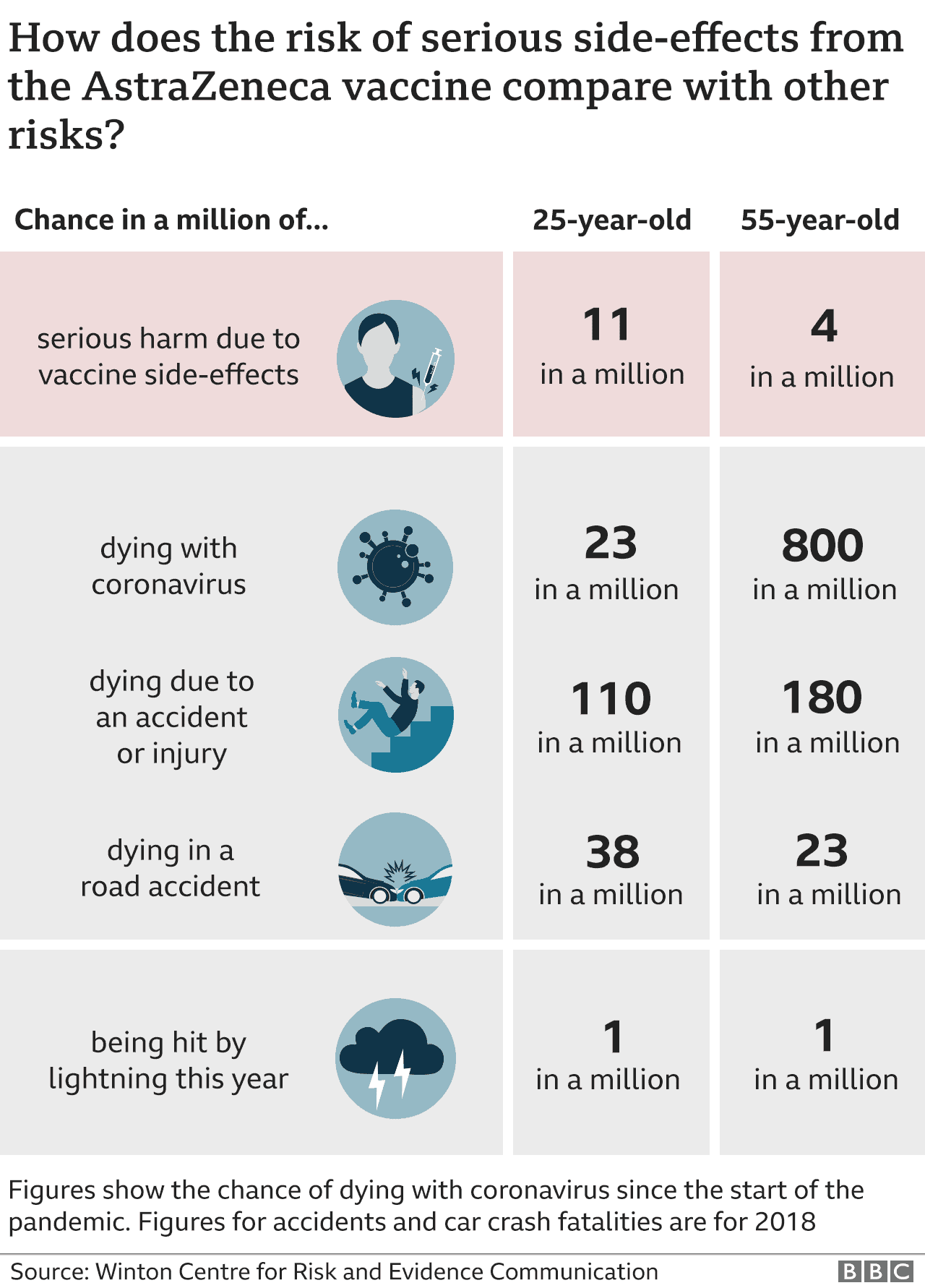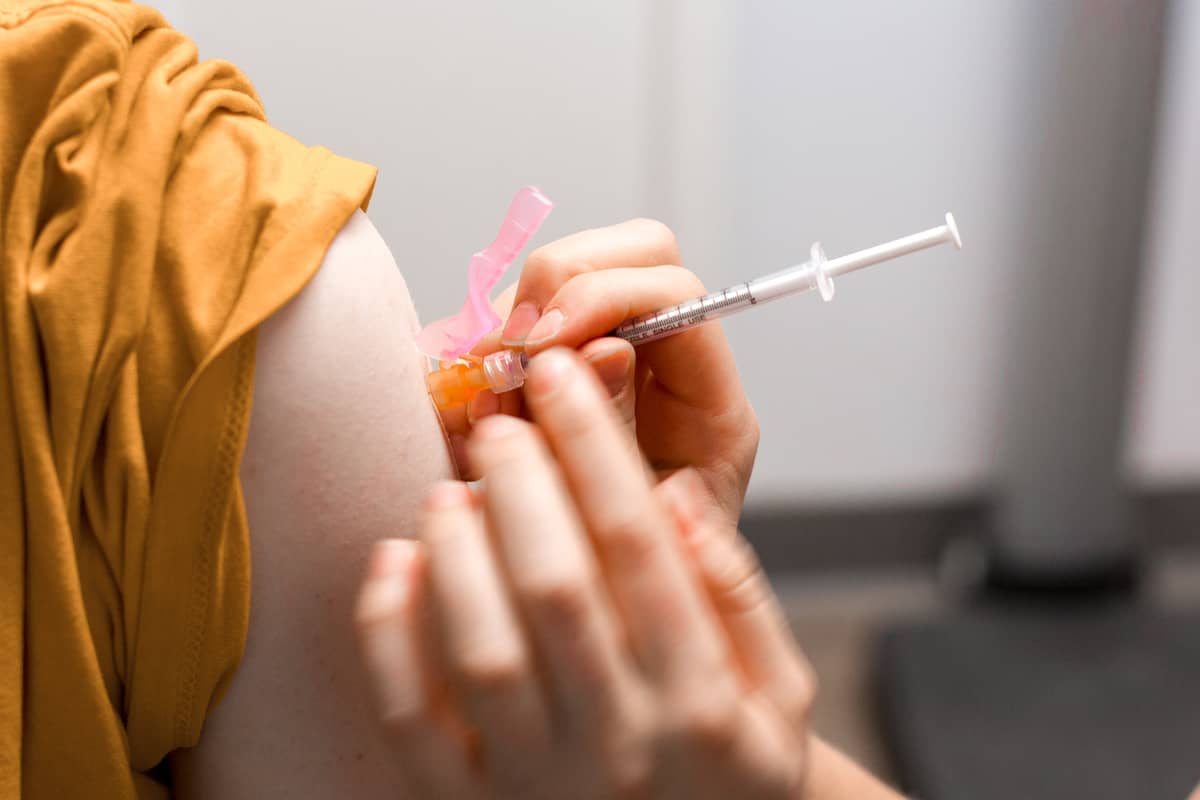Vaccinating yourself is essential
Vaccine hesitancy is at an all-time high in Alberta. Our COVID-19 cases are also the highest per capita in the world, above India and Brazil and only under Argentina. I put this down to a failure of public health to accurately convey the risks and benefits of the vaccines.
I delay-vaccinated my children with their early childhood immunizations for a number of reasons (primarily because their dad has a severe egg allergy and many vaccines are cultivated in eggs). They were in Grade 5 by the time they had all their early childhood shots, when an allergy was no longer a risk. I made my decision after consulting with their pediatrician.
This choice had consequences. Once, I thought they might have measles. When I took them to the doctor, I called ahead to let the staff know we were coming in and needed to go directly to an exam room—I did not want to take the chance of infecting someone else in the waiting room. We wore masks and were escorted directly into an exam room. Their pediatrician pronounced them healthy and fine (albeit with some unusual rash). I took these precautions despite the fact that I had measles as a child and was just fine.
I also knew that if there were a measles outbreak, my children would not be allowed to attend school. To me, that was a reasonable request. For those who choose not to vaccinate for COVID-19, this may be their reality. Travel restrictions may be likely, especially in countries with inadequate health infrastructure. There may also be school, university, or employment restrictions to protect the health of employees and students.
When I decided not to vaccinate my children, I made a calculation. They had a 1 in a million chance of getting measles. They had a 1 in a million chance of being hurt by the vaccine. Yes, there are always risks with all medications. Tylenol, which many people take themselves or give their children, accounts for 56,000 emergency department visits, 26,000 hospitalizations, and more than 450 deaths each year in the U.S.
I was also relying on the fact that early childhood vaccine uptake in Canada is around 90 per cent. It’s not that I don’t believe in vaccines, because I do. I was relying on herd immunity. With the coronavirus, we cannot rely on herd immunity until most of us are vaccinated. I have been vaccinated and my children have too.
When the pandemic hit, I made more calculations. When I wrote this piece, 200,000 Albertans had been infected with COVID-19. We have a 1 in 20 chance of getting COVID-19. Adults have a 1 in 3 chance of developing long COVID, which is when you continue to have symptoms more than four weeks after infection. That means adult Albertans have a 1 in 60 chance of becoming disabled from the virus. Children, according to the U.K.’s Office for National Statistics, have a 7 to 11.5 per cent chance of having long COVID, even from a mild or asymptomatic infection. That means your children have a 1 in 200 chance of having permanent lung, heart, brain, or kidney issues because of a COVID-19 infection.

While being unhealthy means you are more likely to end up hospitalized, there is really no rhyme or reason as to who ends up in hospital or with long COVID. Canadian Olympian Alex Kopacz can attest to this fact; he was ill to the point of making a will and saying good-bye to his loved ones.
Many people are uncomfortable with the technology used in the vaccines. AstraZeneca is similar to most childhood vaccines. But instead of a killed virus, it uses a non-replicating virus, infecting you just long enough for your body to marshal a defence against the real thing. It contains no metal adjuvant (ingredient increasing the effectiveness of a vaccine), such as aluminum or mercury, which concerns some parents. The Pfizer and Moderna vaccines use mRNA. While some misinformation sites have called this “gene therapy”, mRNA never enters the DNA. Instead, it makes proteins that look like the virus, prompting your body to create antibodies to the virus that are activated when you are exposed.
Conversely, the dangers of vaccination have been mostly overblown on social media. According to Public Health Ontario’s report dated Dec. 13, 2020 to May 15, 2021, the average rate of adverse effects of all the COVID vaccines is 1.6 per 100,000. AstraZeneca/COVISHIELD has the highest rate at 4.2 per 100,000 and is now being recommended only for jurisdictions with greater than 7.5 cases for 100,000 people (Alberta has 500+ cases per 100,000 people). Pfizer has the lowest rate of adverse effects at 1.2 per 100,000. The serious reactions are allergic reactions (treated on site by pharmacists and clinics) or blood clots (treatable, because doctors now know what to look for).
When I look at these numbers, the decision is easy for me. A 1 in 200 chance of my child being permanently disabled from a disease that is affecting so many or a 1.4 in 100,000 chance they might have an adverse reaction to the vaccine. That decision is quite simple.
Even if you feel you are not at risk for the virus, vaccination will help protect those around you.







